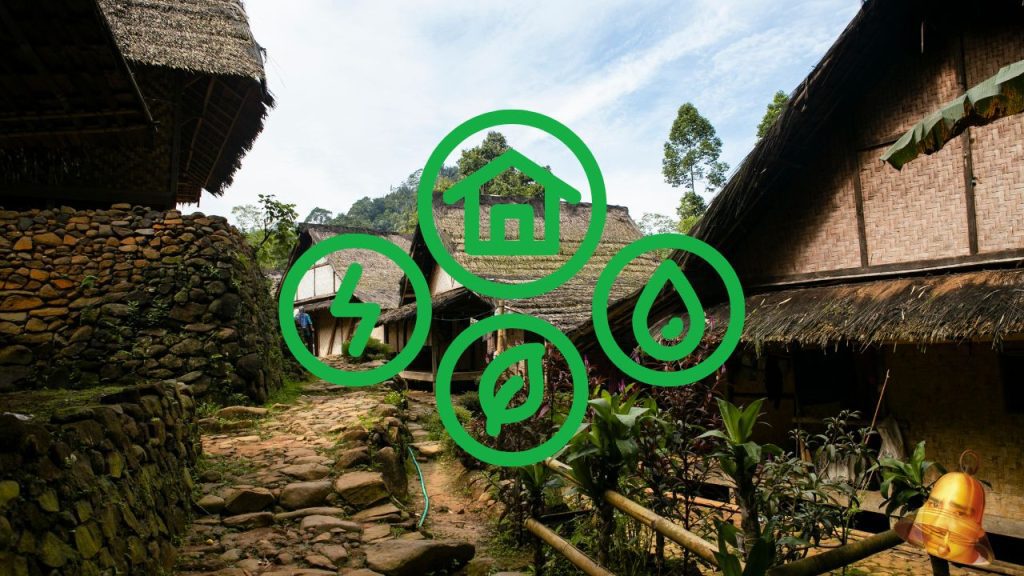The economic life of urban and rural communities has many differences. Urban communities usually depend more on the industrial, trade and service sectors, while rural communities rely more on the agricultural, fishing and livestock sectors. City dwellers also tend to have higher incomes, but also face higher costs of living. Rural communities, on the other hand, have lower incomes, but also cheaper costs of living.
Differences in the Economy of City and Village Communities

The economic life of urban and rural communities has many differences. Urban communities usually depend more on the industrial, trade and service sectors, while rural communities rely more on the agricultural, fishing and livestock sectors. City dwellers also tend to have higher incomes, but also face higher costs of living. Rural communities, on the other hand, have lower incomes, but also cheaper costs of living.
Factors of Difference in the Economic Life of Urban and Village Communities
Factors that influence the differences in the economic life of urban and rural communities include:
Natural resources

Village communities usually depend more on natural resources such as agricultural land, forests, rivers, lakes and seas to meet their daily needs. They also tend to have livelihoods related to primary sectors such as agriculture, fisheries, animal husbandry and forestry. Meanwhile, city residents use more artificial resources such as buildings, roads, bridges, factories and offices to carry out their economic activities. They also work more in secondary and tertiary sectors such as industry, trade, services and information.
Accessibility

City residents usually have easier and faster access to various public facilities and services such as education, health, transportation, communications, entertainment and security. This can increase their productivity, mobility and well-being. They are also more open to developments in science and technology that can help them develop their potential and creativity. Meanwhile, village communities often face obstacles in accessing public facilities and services due to limited infrastructure, facilities and equipment available. This can affect their quality of life and opportunities to thrive.
Culture

Village communities usually uphold traditional values such as mutual cooperation, kinship, simplicity and local wisdom. They are also closer to nature and the surrounding environment. This can shape their thinking and behavior patterns which tend to be conservative, cooperative and harmonious. They also maintain their identity and cultural distinctiveness. Meanwhile, urban society is more influenced by modern values such as individualism, competition, consumption and globalization. They are also more alienated from nature and the surrounding environment. This can shape their thinking and behavior patterns which tend to be progressive, innovative and dynamic. They are also more adaptable to cultural change and diversity.
How to Improve the Economic Welfare of Village Communities
One of the development goals is to improve the economic welfare of village communities. There are several ways that can be done to achieve this goal, including:
Encouraging empowerment of village communities

Empowerment of village communities through programs that suit local potential and needs, such as the development of micro, small and medium enterprises (MSMEs), agriculture, fisheries, animal husbandry, tourism, and so on.
Increasing access to village communities

By increasing village communities' access to funding sources, both from the government, the private sector and microfinance institutions, it can help village communities to expand business capital, increase productivity and reduce dependence on moneylenders.
Improving basic infrastructure in villages

Improve basic infrastructure in villages such as roads, electricity, clean water, sanitation, telecommunications, and health and education facilities. This can improve the quality of life of village communities, facilitate mobility and access to information, and attract investment and tourists to the village.
Increasing human resource capacity in the village

Increasing human resource capacity in villages both through formal and non-formal education. This can increase the knowledge, skills and attitudes of village communities to manage local businesses and resources effectively and sustainably. – Increasing village community participation in planning, implementing, monitoring and evaluating village development. This can increase the village community's sense of ownership, responsibility and independence in determining development directions and priorities in accordance with their aspirations and interests.
From the description above, it can be concluded that the economic life of urban and rural communities has quite significant differences. This difference is caused by various factors, such as the dominant economic sector, access to resources, infrastructure and facilities, as well as consumption patterns and lifestyle. These differences also have positive and negative impacts on each community. Therefore, it is important for the government and society to work together to improve the economic welfare of urban and rural communities in a balanced and sustainable manner.


